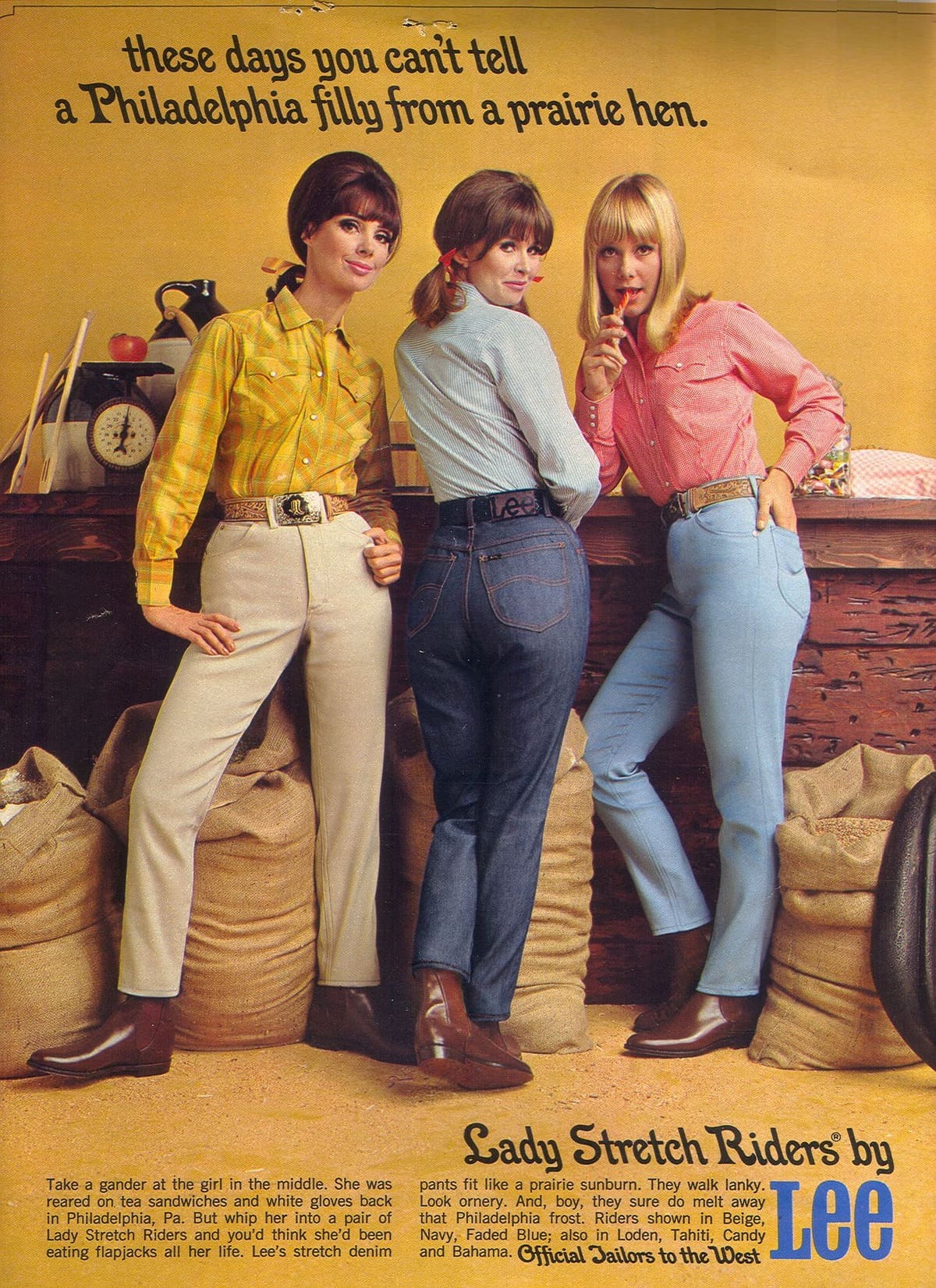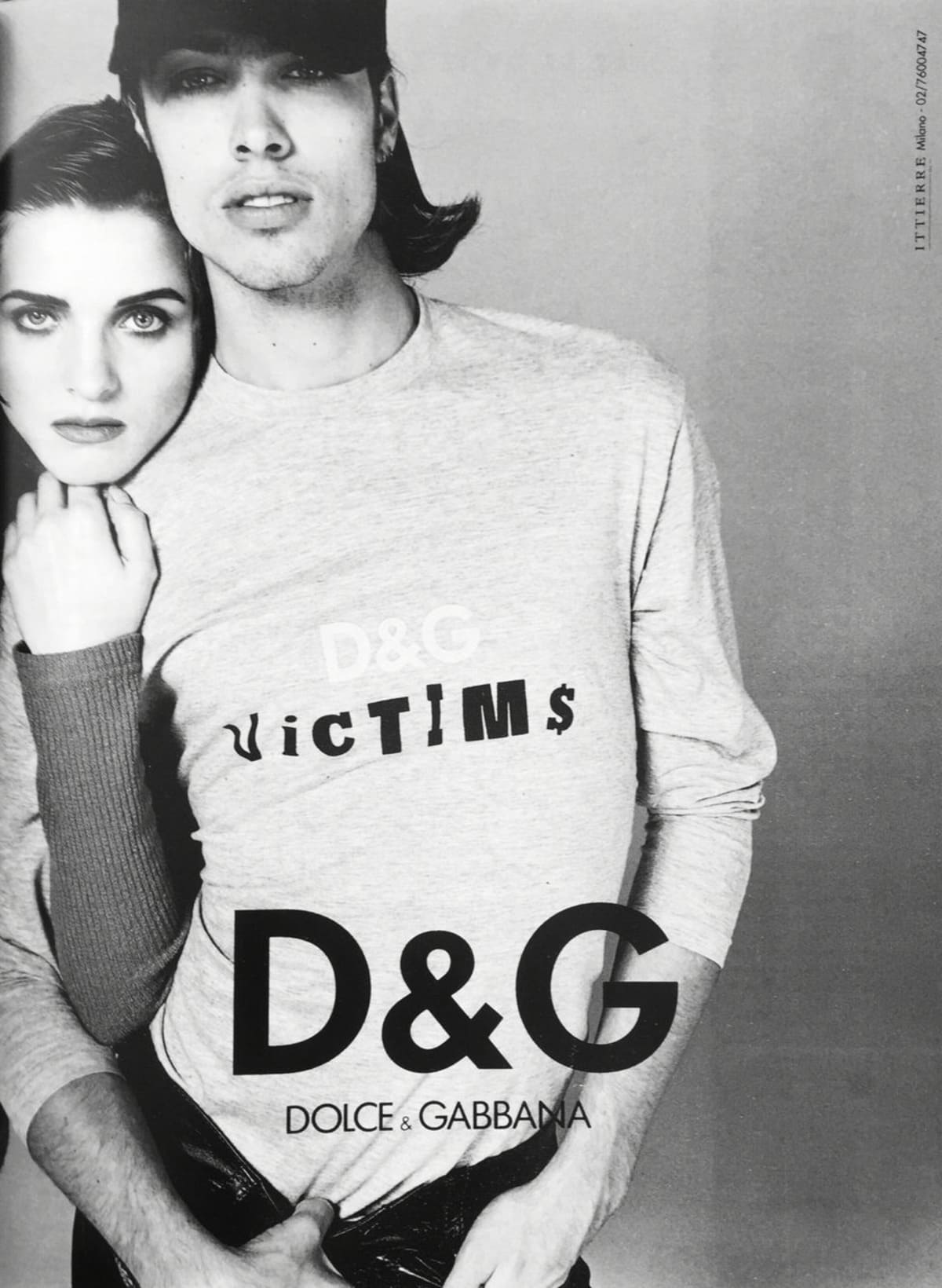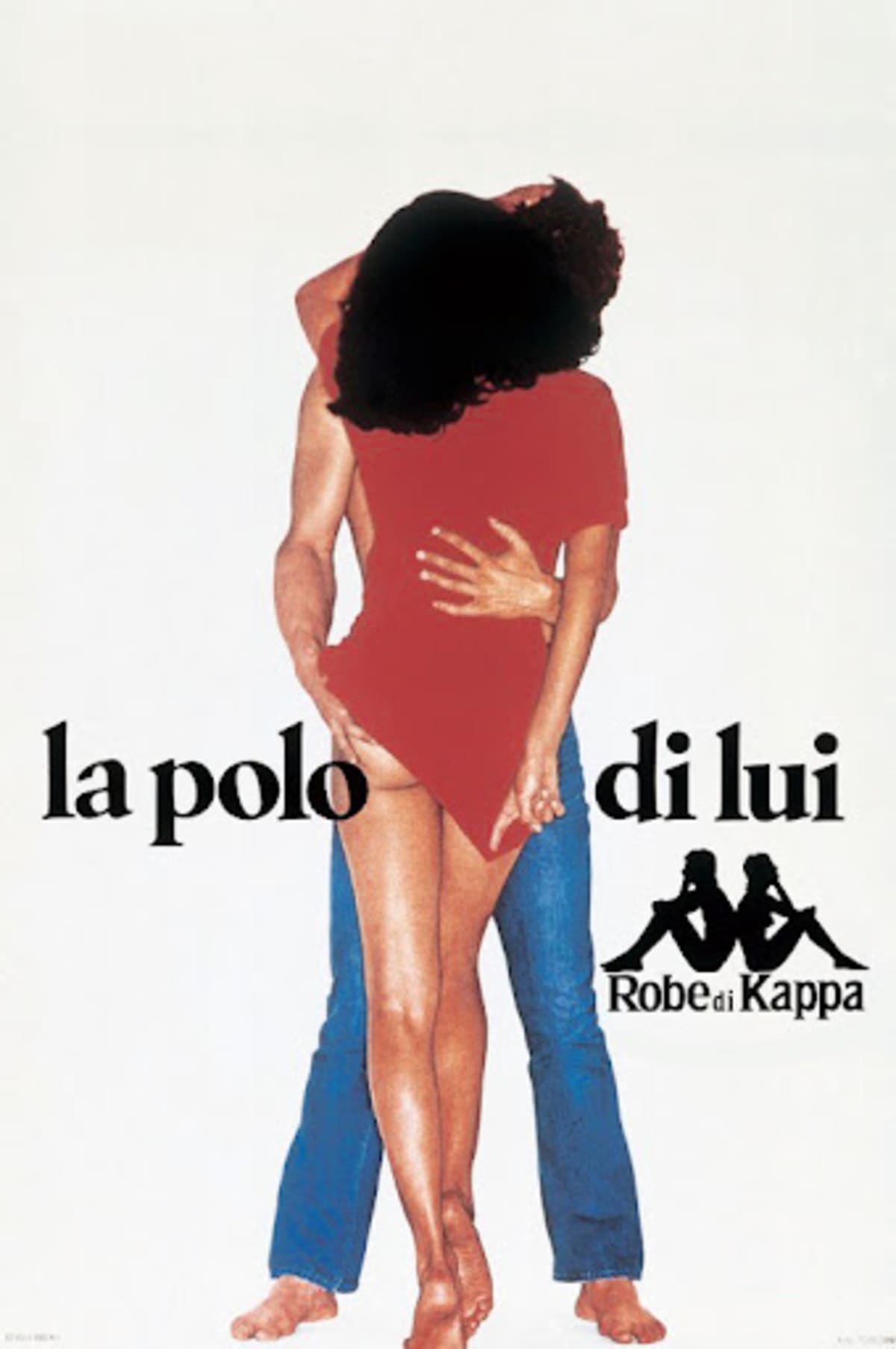The company was founded in 1889 by Henry David Lee as the HD Lee Mercantile Company in Salina, Kansas, initially producing dungarees and jackets. Lee’s growth was spurred by innovative products such as the Union-All work jumpsuit introduced in 1913 and the first overall in 1920. These products marked the beginning of Lee’s dominance in the workwear industry. The introduction of a zipper fly in the late 1920s and the launch of the first children’s overalls line further solidified Lee’s position in the market. The company’s founder, Henry David Lee, passed away in 1928, but his legacy continued as Lee became the leading manufacturer of work clothes in the US during the 1930s and 1940s.
In 1944, Lee introduced the iconic Lazy “S” stitch on the back pocket, a design that remains a signature of the brand. The Buddy Lee dolls, used as promotional items, became popular during this era. By the 1950s, Lee expanded into casual wear, marking its transition from purely workwear to everyday fashion. The 1960s saw Lee’s expansion to 81 countries and its acquisition by VF Corporation in 1969, which helped propel the brand onto the global stage.
In the 1970s, Lee began focusing on fashion cycles, introducing new fits for women under the Ms. Lee label and launching a youth wear line. The company’s commitment to social causes was evident in 1996 with the launch of Lee National Denim Day, raising over $75 million for breast cancer research in collaboration with the Entertainment Industry Foundation. Lee’s brand evolution continued with a relaunch in Paris in 2014 and the formation of Kontoor Brands in 2019, which included Lee, Wrangler, Rock & Republic, and VF Outlet.
Throughout its history, Lee has maintained a strong presence in popular culture, partnering with stars like James Dean and Marlon Brando in the 1950s. Today, Lee continues to be a staple in fashion, known for its blend of classic workwear heritage and contemporary style. The brand’s significant advertising investments, including a redesigned website by Olson in 2009 and ongoing campaigns by Arnold Worldwide, have ensured its continued relevance and popularity.
Ps. Read our guide on fixing a whole in jeans without sewing here.
Rare 1980s Lee Jeans Advert
How to tell if Lee is vintage from the logo
The Lee logo has stayed very consistent, and whilst variations have been introduced over the years, the simple L-e-e has been a mainstay in workwear and fashion for a long time. Lee has updated its logo and branding strategy a few times, most notably in the 1970s and 1980s as it pivoted more towards consumer fashion. Bearing this in mind the logo can help us narrow down the era of an item of clothing.
1899 to 1960s vintage Lee Jeans logo
- This logo was designed when Lee produced workwear for labourers
- It includes the Union Made logo and reference to the quality to appeal to its customers
- The brand name Lee in black and red is set off against a yellow square background
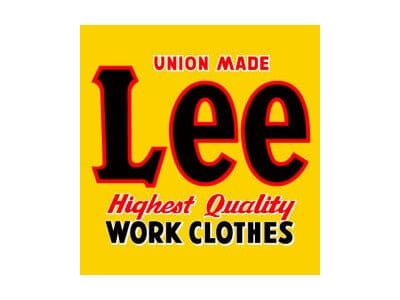
1899 to 1960s Lee logo
1940s to now vintage Lee Jeans logo
- The logo made in the 1940s is still present to this day
- It has an uneven wordmark with all the letters connected to each other
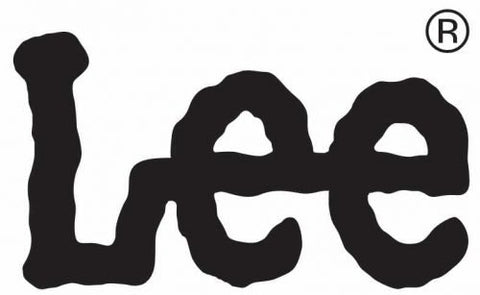
1940s Lee logo
1960s to 1970s vintage Lee Jeans logo
- In the 1960s a blockier Sans Serif font was used
- The letters are placed very close to each other
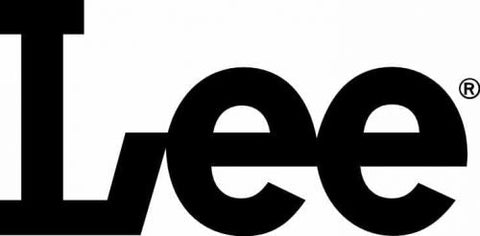
1960s to 1970s Lee logo
2000s to 2016 vintage Lee Jeans logo
- The 2000s saw a new slightly softer font with the letters once again being connected
- It could easily be seen as a combination of the previous two logos
- This logo was set against a brown palette
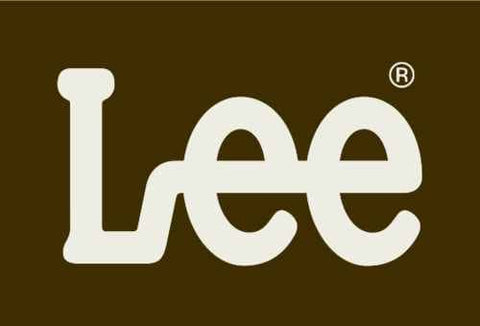
2000s to 2016 Lee logo
2016 to today Lee Jeans logo
- The new logo is a slightly refined version of its 1940s logo
- It is almost indistinguishable, however is slightly thinner and more delicate
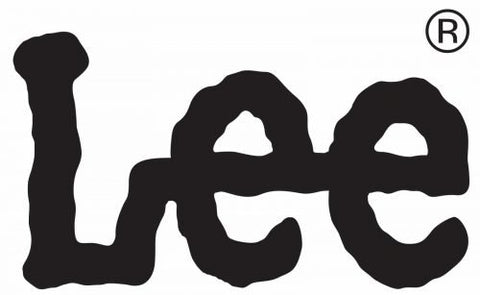
2016 to now Lee logo
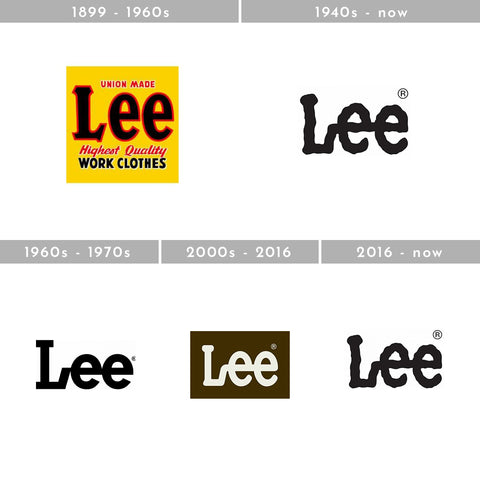
Lee logo through the years
How to tell if Lee is vintage from the tags
Considering how long Lee has been manufacturing clothing, it should come as no surprise that over the years many different tags have been used. It can be difficult to find production dates on Lee clothing, so they are usually the best bet for working out what era a piece is from. In the 70s and 80s, Lee was becoming viewed more as a fashion brand than the workwear brand it was initially seen as. This era probably signifies the most significant shift in Lee’s designs. Another key detail to note is that most Lee clothing was manufactured in the USA until the late 1990s. Therefore, if your Lee piece indicates it was made in the USA, it is likely vintage.
Can’t identify your vintage labels? Submit them on our vintage tag identification page, and let us take care of the vintage labels for you!
1930s vintage Lee tags
- The first tags used the brand logo and always included the term Union Made
- Many of these early tags used a clean Sans Serif font, some of which had the trademark squiggly design from its early logo
- Some early tags also mentioned that Lee’s were patented

1940s vintage Lee tags
- Lee tags were mostly made on black labels in the 1940s
- They also more frequently included the term ‘Sanforized’ indicating that the fabric had been pre-shrunk and is therefore more resilient to washes


1950s vintage Lee tags
- The tags from this time can be seen as a combination of the 1930s and 1940s tags
- They are typically on black labels
- These tags include the term ‘Sanforized’ and the design patent information
- They also started to include sizing information on the 1950s tags


1960s vintage Lee tags
- The tags remained similar in design to the 1950s in the 1960s
- They started to include information about the materials used (100% cotton)
- Made in the USA can be found on some of the tags from this time
- They were either black or white labels, with the same font and typography



1970s vintage Lee tags
- The tags mostly stayed the same in the 1970s
- However, some of the tags from the late 1970s stopped using the term Union Made, as it became less of a selling point to its customers


1980s vintage Lee tags
- The tag designs from the 1980s were the biggest update in a while
- They simply had the Lee logo, Made in USA and a product code
- All the other information such as material and sizing can be found on wash tags on vintage Lee from the 1980s

